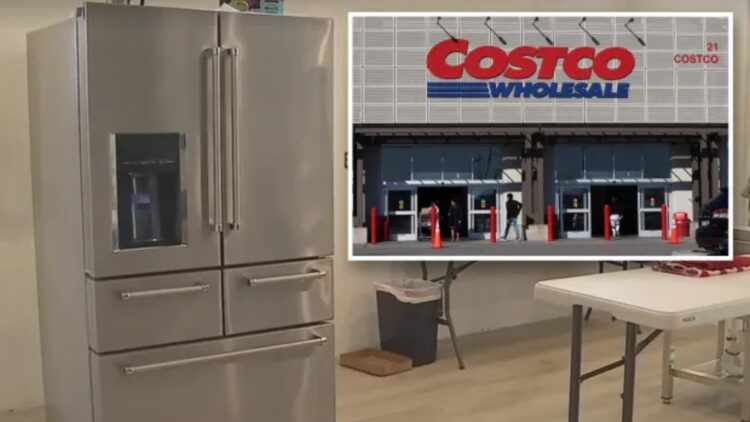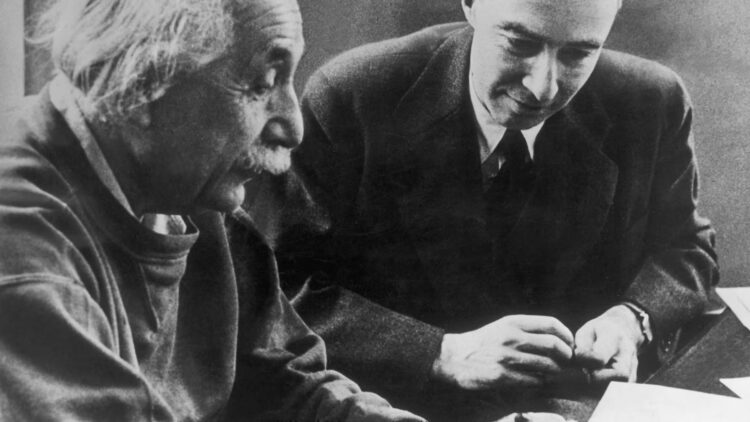How sophisticated cooling systems work in electric car batteries such as Tesla, Ford, and GM
A new SSI payment arrives on August 1 with up to $967 for individual beneficiaries and here s how to find out if you re entitled to it
You are not obliged to give up your seat on the plane and this passenger made it clear with a single sentence that has gone around the world
Did you know that green hydrogen production and transportation are being revolutionized in Australia? With the help of ARENA and a project headed by Curtin University, cutting-edge technology is being created to use sodium borohydride to transform hydrogen into powder. The benefit? Moving is less expensive, safer, and simpler. Together with Velox Energy Materials, this innovation is a component of the Kotai Hydrogen Project, which could introduce renewable energy from Australia to nations like South Korea, Japan, and Germany.
Although not in powder form, we have heard of hydrogen being utilized in automobiles. Let’s examine this revolutionary hydrogen form in greater detail.
What is Australia doing with powdered hydrogen?
Australia is becoming a leader in this industry, having created a new and innovative method for producing and transporting powdered green hydrogen. A research project headed by Curtin University, with assistance from Velox Energy Materials and $5 million in funding from the Australian government through ARENA (Australian Renewable Energy Agency), is producing this powdered hydrogen, which is thought to be the most advanced form of hydrogen to date.
The project’s objective is to make it easier to export and transport green hydrogen, a task that has proven extremely difficult thus far because of the shortcomings of earlier technology.
What is green hydrogen and why is it important?
Green hydrogen is made from renewable energy sources, such as solar or wind-powered electrolysis. Fossil fuels can be replaced by this pure, emission-free fuel in a variety of industries, including transportation, power generation, and industrial processes. However, storage and transportation have been its main drawbacks:
- Gaseous hydrogen needs to be compressed at high pressure.
- Liquid hydrogen must be cooled to -253 C, which consumes a lot of energy.
- Ammonia has also been used, but it involves complex and expensive chemical processes.
What role does sodium borohydride (NaBH ) powder play?
Australia has chosen a different approach, employing sodium borohydride (NaBH) powder. When this powder comes into touch with water, it can safely store hydrogen and release it. The steps are as follows:
- NaBH powder is transported.
- When water is added, hydrogen is released in a controlled way.
- A residue remains: sodium metaborate (NaBO ).
The inability to recycle this residue (NaBO) at a reasonable cost was the issue up until this point. As a result, widespread use of NaBH was impractical. However, Curtin University and its collaborators have made a significant advancement by using a catalytic regeneration process to recycle NaBO into NaBH at a cheap cost. This is a significant breakthrough since it makes this approach feasible as a cost-effective and reusable technique to export hydrogen in powder form.
Hydrogen production goals in Australia
Australia has established specific and challenging goals for the production of green hydrogen:
- By 2030, it wants to produce 330,000 tonnes of green hydrogen per year.
- By 2040, it will increase that amount to 550,000 tonnes annually, which is equal to 550 million kilograms.
What does this amount of hydrogen represent?
About 33.3 kWh of energy are produced for every kilogram of hydrogen. Thus, if Australia is able to produce 550 million kilograms of green hydrogen annually, it would be sufficient to provide about 18 billion kWh (18,315,000,000 kWh), which would be sufficient to feed over 2.5 million houses in Australia annually.
How much NaBH is needed to produce that amount?
When combined with water, 1 tonne of NaBH can release 213 kilogram of hydrogen. Approximately 2.58 million tonnes of NaBH would be required to make 550,000 tonnes of hydrogen. The recently created method makes it possible to regenerate this powder, enabling the system to operate in a sustainable and circular manner.
Exporting powdered hydrogen: a global solution
South Korea, Japan, and Germany are among the nations to which Australia hopes to export powdered hydrogen. Why these locations? because they lack the area and natural resources necessary to generate enough green hydrogen on their own, despite having ambitious zero-emissions targets. Australia then becomes a global supply of hydrogen by sending it in powder form, which is:
- Easier and safer to transport.
- Cheaper than liquid or compressed hydrogen.
- Scalable and with a regenerative process that closes the cycle.
All of this is a part of the $16.47 million Kotai Hydrogen Project, which is scheduled to run through 2029. This innovation has the potential to significantly alter the world energy market by making exporting green hydrogen simpler and more feasible. It benefits both nations by reducing carbon emissions and strengthening Australia’s position as a leader in clean energy. Isn’t this incredible?




